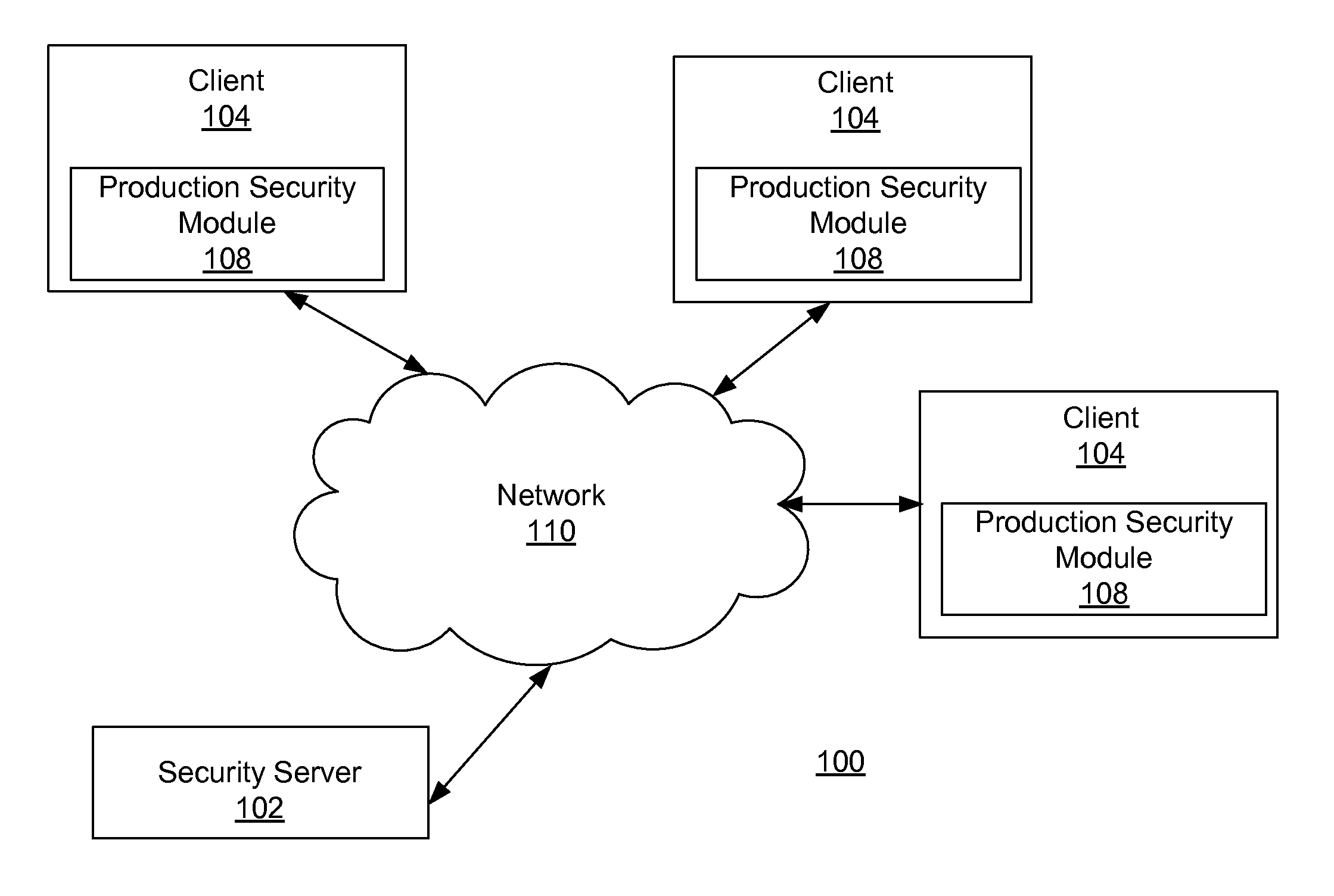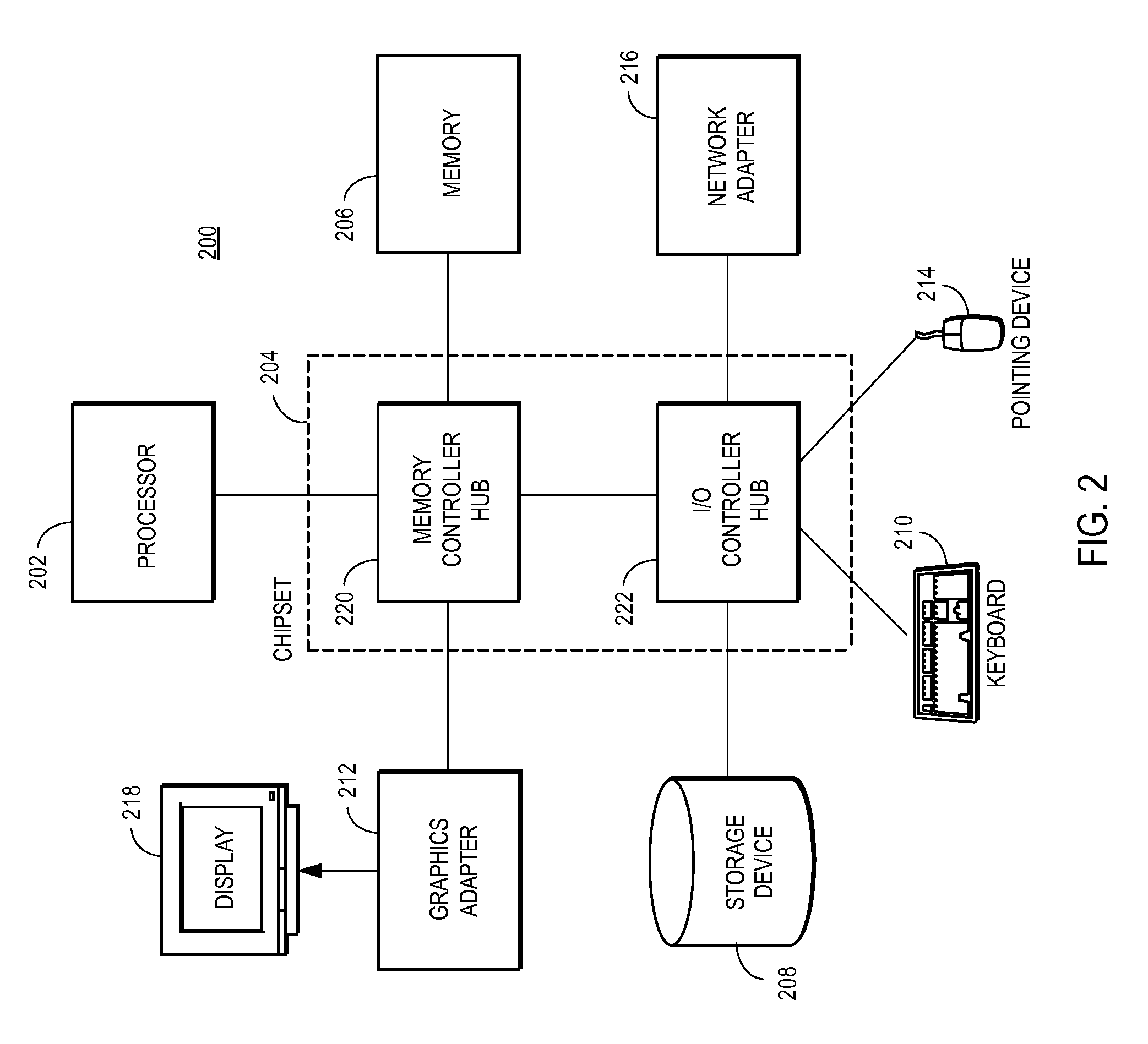Identifying predictive models resistant to concept drift
a predictive model and concept technology, applied in the field of computer security, can solve the problems of difficult to determine how the updates affect the predictions of the classification system, the classification system is typically time dependent, and the prediction accuracy of the classification system is less accura
- Summary
- Abstract
- Description
- Claims
- Application Information
AI Technical Summary
Benefits of technology
Problems solved by technology
Method used
Image
Examples
Embodiment Construction
[0014]FIG. 1 is a high-level block diagram of a computing environment 100 according to one embodiment. FIG. 1 illustrates a security server 102 and three clients 104 connected by a network 110. Only three clients 104 are illustrated in FIG. 1 in order to simplify and clarify the description. Embodiments of the computing environment 100 can have thousands or millions of clients 104. Some embodiments also have multiple security servers 102.
[0015]In one embodiment, the clients 104 are electronic devices that can host malicious software. A client 104 may be a conventional computer system executing, for example, a MICROSOFT WINDOWS compatible operating system (OS), APPLE OS X, and / or a LINUX distribution. A client 104 can also be another device having computer functionality, such as a tablet computer, mobile telephone, video game system, etc. The client 104 typically stores numerous computer files that can host malicious software.
[0016]Malicious software, sometimes called “malware,” is g...
PUM
 Login to View More
Login to View More Abstract
Description
Claims
Application Information
 Login to View More
Login to View More - R&D
- Intellectual Property
- Life Sciences
- Materials
- Tech Scout
- Unparalleled Data Quality
- Higher Quality Content
- 60% Fewer Hallucinations
Browse by: Latest US Patents, China's latest patents, Technical Efficacy Thesaurus, Application Domain, Technology Topic, Popular Technical Reports.
© 2025 PatSnap. All rights reserved.Legal|Privacy policy|Modern Slavery Act Transparency Statement|Sitemap|About US| Contact US: help@patsnap.com



